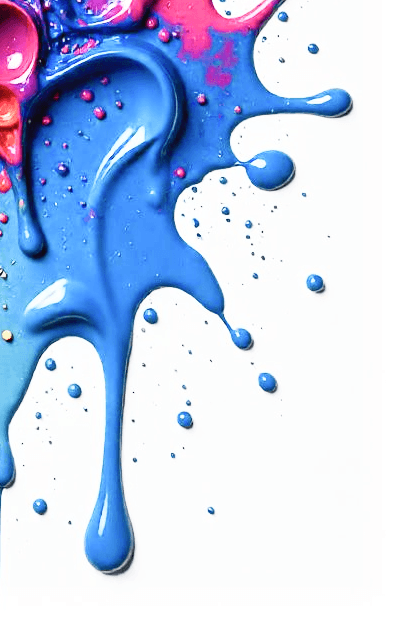
User Research
Qualitative
User Interviews
Leading an effective user interview is half technique and half rapport-building. What I've discovered over the years is that a combination of interpersonal rapport and formal technique is the secret to unlocking the full value of these sessions.
One of the methods I apply is the GRAMS method (Goals, Roles, Actions, Motivations, Struggles) that facilitates making interviews more efficient to obtain insightful data quickly even with brief interactions.
Recently, I began using AI to automate the post interview process for session summaries, sentiment analysis and pattern recognition.

Usability Testing
Usability testing involves observing users as they complete tasks to identify friction points, measure performance and ensure the design aligns with user expectations.
At Fidelity, my team and I conducted intensive on-site usability testing sessions, spending days immersed in direct observation to refine our designs. More recently at NetApp, we shifted to remote testing, leveraging tools like Zoom and UserTesting for both moderated and unmoderated sessions. This evolution allowed us to adapt to distributed workflows, ensuring we captured valuable feedback efficiently and effectively.

A new approach to User Surveys
When my team was tasked with delivering survey results to shareholders to inform customer insights and satisfaction for our next version upgrade, we saw an opportunity to rethink our approach. Traditionally, I’ve managed user surveys using methods ranging from pen-and-paper to email-based systems, typically yielding a modest 20% response rate. This time, we aimed to elevate the process by introducing an innovative survey system designed to capture deeper, more actionable feedback.
We replaced static survey questions with a chatbot-driven system to deliver personalized, adaptive questions tailored to each user’s role and prior feedback. Integrated directly into our console, this ‘surveybot’ will incorporate gamification-based incentives to boost engagement.

Journey Mapping
Leveraging user journey mapping to improve user empathy involves stepping into the user’s shoes to truly understand their motivations, frustrations, and needs at every stage.
I use journey maps to help better align our team with the users priorities. This helps prioritize enhancements that resonate, such as simplifying a complex workflow or amplifying a satisfying feature.


